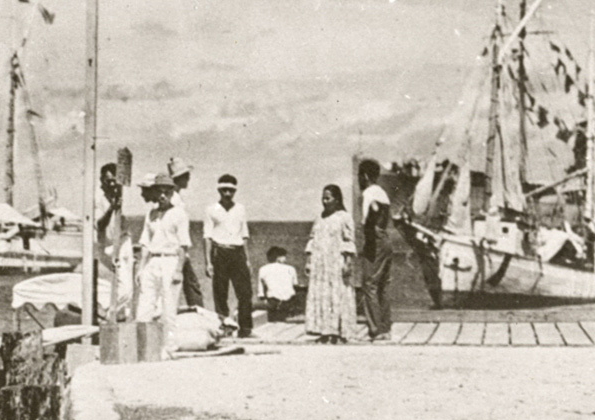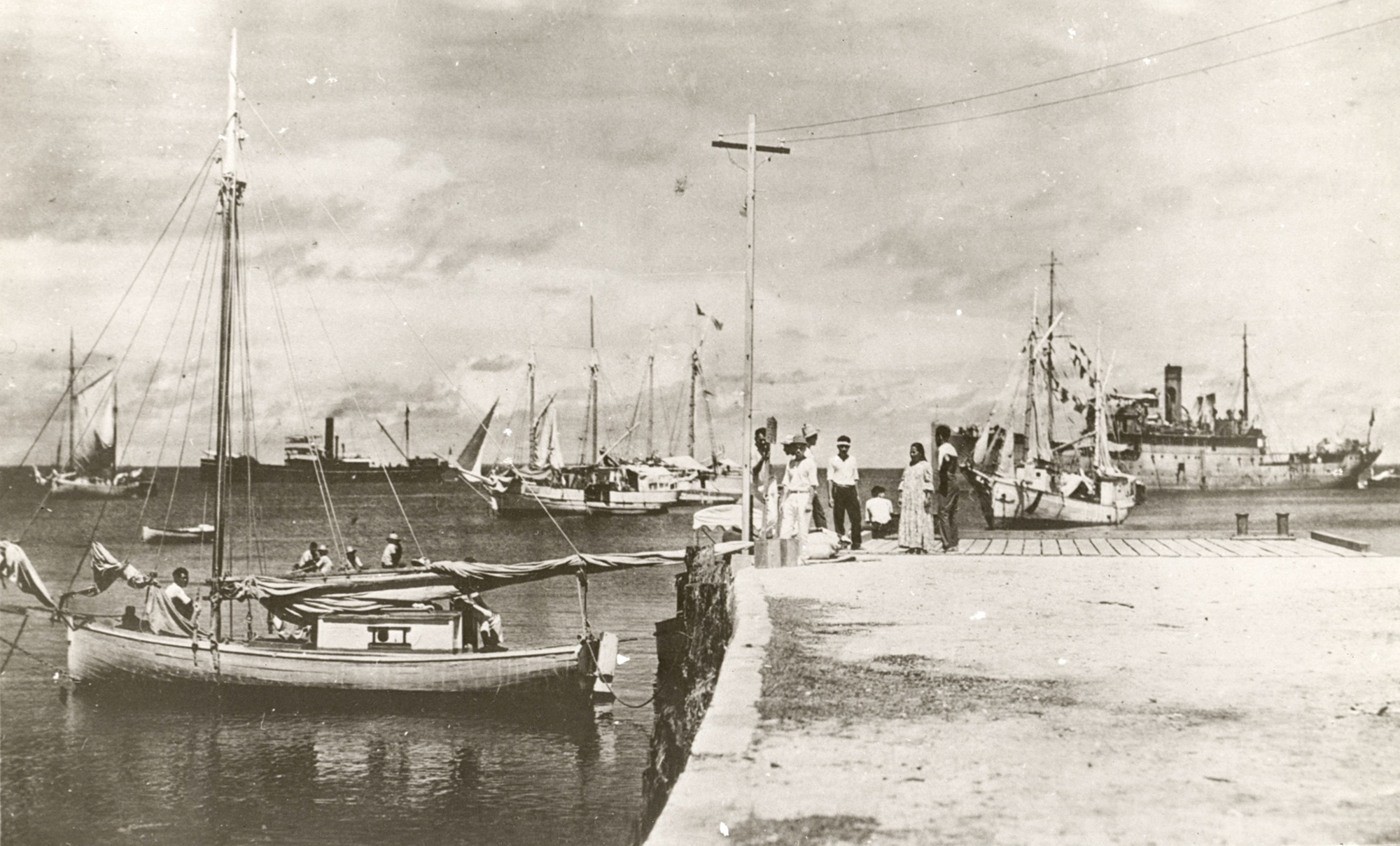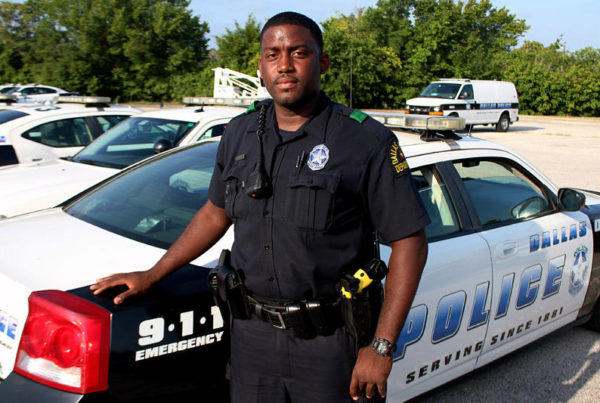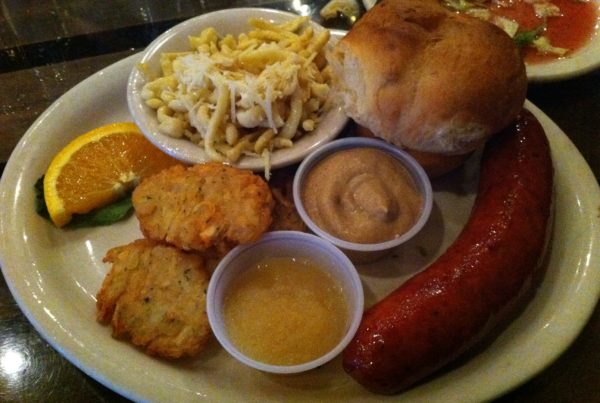The photograph recently discovered in the U.S. National Archives is hard to make out, but some believe it provides evidence that famed aviator Amelia Earhart and her navigator Fred Noonan survived their last flight. Earhart and Noonan disappeared over the South Pacific on July 2, 1937, after failing to land their plane as scheduled. Most believed that their plane crashed over water, killing the two aviators. If the people in the photograph are Earhart and Noonan, it could mean that they didn’t perish in a crash but were instead captured by the Japanese.
Barbara Ganson, an aviation history professor at Florida Atlantic University and author of “Texas Takes Wing: A Century of Flight in the Lone Star State,” says the photograph may indeed offer some clues.
“The evidence is still out, in terms of exactly what happened to Amelia, but it does point toward Amelia crashing off Mili Atoll,” Ganson says. “It makes some sense to go toward the Marshall Islands where there were dozens of atolls.”
Texans may be surprised to learn that Earhart earned some of her flying chops going in and out airfields in the Lone Star State. Earhart’s time in Texas received little notice, and Ganson says that only one mention by a reporter was made of her time at the Brownsville airport, “because so much attention went to (Charles) Lindbergh at the time,” Ganson says.
Brownsville Airport offered pilots-in-training a unique advantage, and Ganson says the airport served as the international gateway to Latin America at the time.
“It was March of 1929 when Charles Lindbergh flew the first international airmail from Brownsville to Mexico City,” Ganson says. “And Amelia was there.”
The draw for aviators to the Brownsville Airport back then was its reputation as “the center of instrument training” for those who wanted to fly internationally, Ganson says. Pilots from around the world came to Texas, including Mexico’s Las Aguilas Aztecas – the Aztec Eagles – who flew practice flights at Brownsville and San Antonio during World War II.
“If you wanted to fly for PanAm,” Ganson says, “you went to Brownsville for your training.”
Earhart became the fourth American woman to earn her commercial transport license at Brownsville, Ganson says, and also flew the Pitcairn PCA-2 autogyro, the precursor to the helicopter, in Texas in 1931.
As perhaps a foreshadowing to her final, ill-fated flight, Texas is also the site of an Earhart accident. In 1931, she crashed in Abilene, a sign Ganson says, of her possible lack of adequate training at the expense of her promotional activities.
“It was surprising she could get sponsorships having crashed every airplane she ever flew,” Ganson says. “She wasn’t a real natural pilot.”
But Ganson says to compensate, Earhart was courageous and knew how to market herself well.
Written by Louise Rodriguez.
















